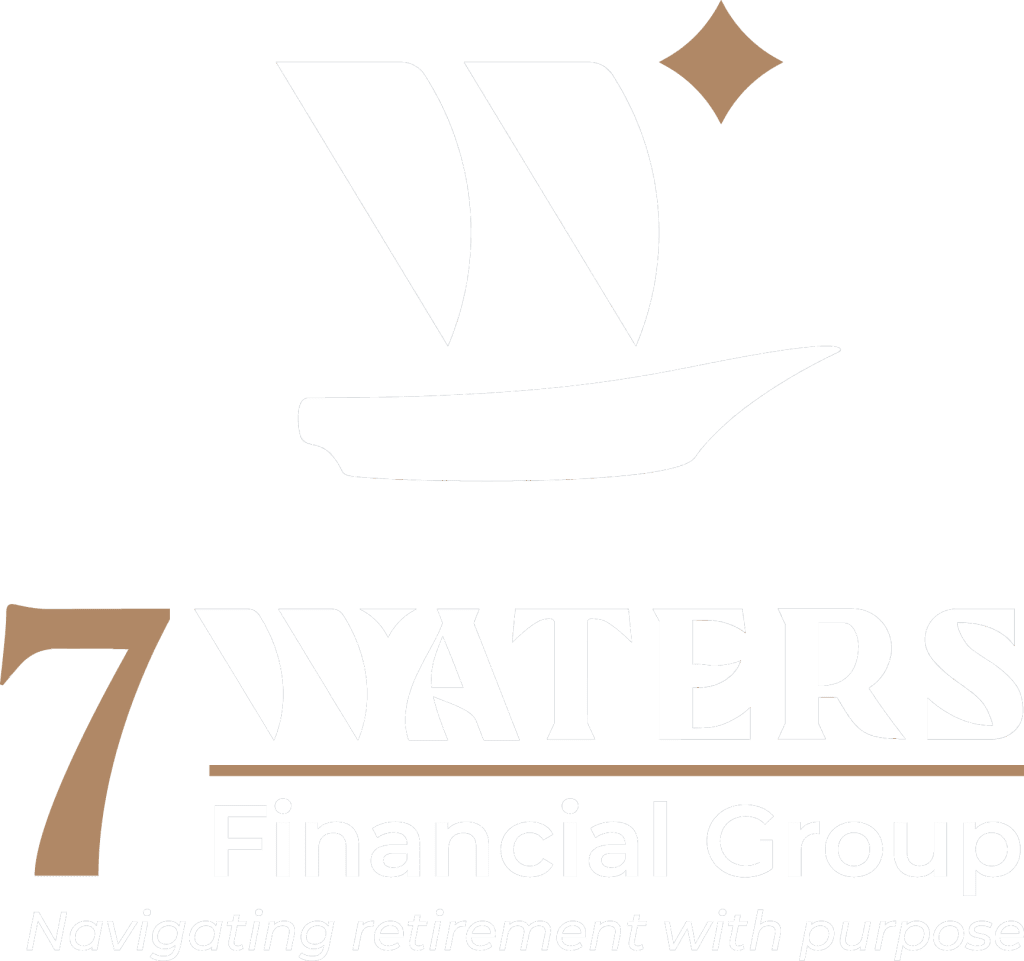The decision depends on several factors. The most basic consideration is comparing the return on your investments versus the interest you’re paying on your debt. If you can earn more from your investments than you’re paying in interest on your debt, it makes sense to invest while continuing to make regular payments on your debt. This strategy allows you to offset the interest you’re paying and potentially achieve a net gain. For example, if your investments earn 7% and your debt carries a 5% interest rate, you’re effectively gaining a 2% net return.
However, if you’re carrying high-interest debt, such as credit card debt at 15% or more, your best investment is to pay off that debt first, as no investment is likely to consistently outpace such high interest rates.
A few other factors should be considered as well. Does your employer offer matching contributions to a retirement plan? If so, you should at least contribute enough to get the full match, as this represents an immediate 50-100% return on your investment.
Another important factor is your investment time horizon. Younger investors can generally afford to take on more risk, allowing them to benefit from compound interest and capture gains during bull markets. For them, even with high credit card debt, a blended approach may be appropriate. In this case, you would allocate extra funds to both paying down high-interest debt and investing. This approach allows you to reduce the overall cost of interest while also taking advantage of compound interest and potential market growth.
